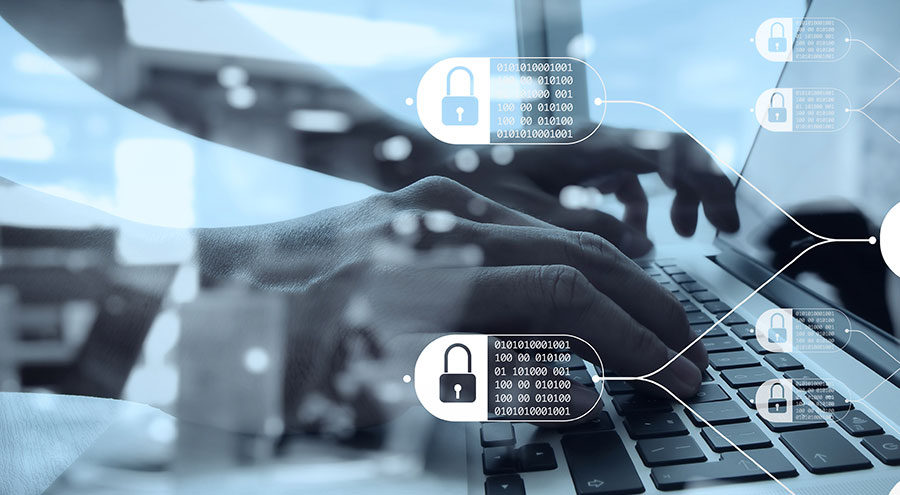If you’ve spent any time in the crypto sphere, you might have heard of DAOs–decentralized autonomous organizations. Many blockchain movers and shakers believe DAOs could be the next frontier of true blockchain innovation. But what are they, and what can be done with them?
How Does It Work?
Organizations have existed since the beginning of civilization, and while they’ve evolved significantly they’ve always incorporated basic agreements. Peasants worked the land for noblemen in return for protection and portions of the harvest in medieval Europe, and nowadays employees work for CEOs in return for salaries and guidance. Arthur Stinchcombe, a prominent organizational theorist, once wrote that contracts are simply small versions of organizations. Organizations, by extension, are simply large and complex contracts among multiple parties.
Blockchain enthusiasts, of course, will read “contracts” and immediately think “smart contracts,” digital protocols that automatically enforce agreements. Ethereum was one of the first blockchain protocols to make extensive use of smart contracts. In DAOs, sophisticated smart contracts replace many of the official or unofficial contracts involved in organizations–salary agreements, hierarchical charts, etc.
In most organizations, rules and contracts were negotiated on a hierarchical basis. A CEO, for example, decides an employee’s salary level because they theoretically have the information necessary to gauge the employee’s value to the organization. A salary determined by a DAO, though, would use pre-coded smart contracts to automatically generate a salary level in response to the input it received. No one participant–e.g., a CEO–could override that process.
Potential and Challenges
This system could fix disincentives currently rife in existing organizations. Though CEOs in theory reward salaries on the basis of performance, in practice dynamics such as favoritism, incomplete information, bias, and luck are all large factors as well. The CEO may realize that if they pay their employees less, they can pay themselves more, a scenario in which their private interests and the interests of the company clash. Employees who must collaborate may suffer from productivity loss through social loafing, in which group members work less diligently as a team than they do as individuals. DAOs can remove these inefficiencies caused by human error and self-interest from organizational contracts, replacing hierarchical organizations with networked ones.
One of the most influential DAOs in blockchain history was called simply “The DAO” (to avoid confusion, we will call “the Original DAO”). The Original DAO, launched in 2016, crowdfunded Ethereum-based tokens to create a venture capital fund for investing in promising tech startups. The Original DAO had no management team or central office. Its investment decisions were to be governed entirely by “democratic” agreement among token holders (those who owned more tokens had more voting power). Smart contracts built into the tokens made this arrangement possible.
While the Original DAO was groundbreaking, it’s unfortunate end also illustrated some of the obstacles future DAOs must address. Because DAO smart contracts aren’t controlled by anything other than themselves, bugs or vulnerabilities in the code are difficult to patch. A security flaw in the Original DAO’s smart contracts led to a massive attack shortly after the system was launched. Ether (Ethereum tokens) worth $55 million at the time stolen by a still unidentified thief, a loss so drastic that it triggered a controversial hard fork in the Ethereum blockchain.
The Original DAO illustrates that perhaps even more than for other cryptocurrency tools, DAOs necessitate airtight security and crisis management protocols. DAOs essentially use smart contracts as their own police force, and there is no other police force to step in if the contracts malfunction.
DAO Innovators Today
DAOs are in their infancy, and early stumbles shouldn’t distract from the long-term potential of this structure. Some may have written off internet companies after the 2000 dot-com crash, but the chaos of the crash eventually gave way to Web 2.0 giants such as Amazon or Facebook. Groundbreaking companies such as Colony, which uses a DAO to calculate each system member’s merit through peer review, or Rocket, a DAO-based startup accelerator, are proving that DAOs have much to offer the tech world. One company, DAOstack, is creating the “Wordpress for Daos.”
Much as WordPress provides a powerful sandbox for web designers, allowing them to create a wide range of websites, DAOstack provides a sandbox for building collective decision making and value management structures through blockchain. And like WordPress opened up the accessibility of web design, DAOstack plans to open up the accessibility of DAO design.
DAOstack works by using the Arc framework, a modular solidity framework that lets DAO designers deploy, configure, and upgrade Agencies, which are arrangements of blockchain governance and economic modules. DAOstack prioritizes easy integration through Arc.js; a javascript library that developers can use to build DAOs without familiarity with Arc or blockchain, and Alchemy; a native user interface for decentralized budgeting. DAOstack’s ArcHives serve as shared registries for governance and economic modules, DAOs, and DApps built with DAOstack, facilitating collaboration and network learning.
DAOs are one of the most powerful ideas to come out of the blockchain revolution, but the tech world will need powerful tools to bring this idea out of its infancy. DAOstack is one company providing those tools.
